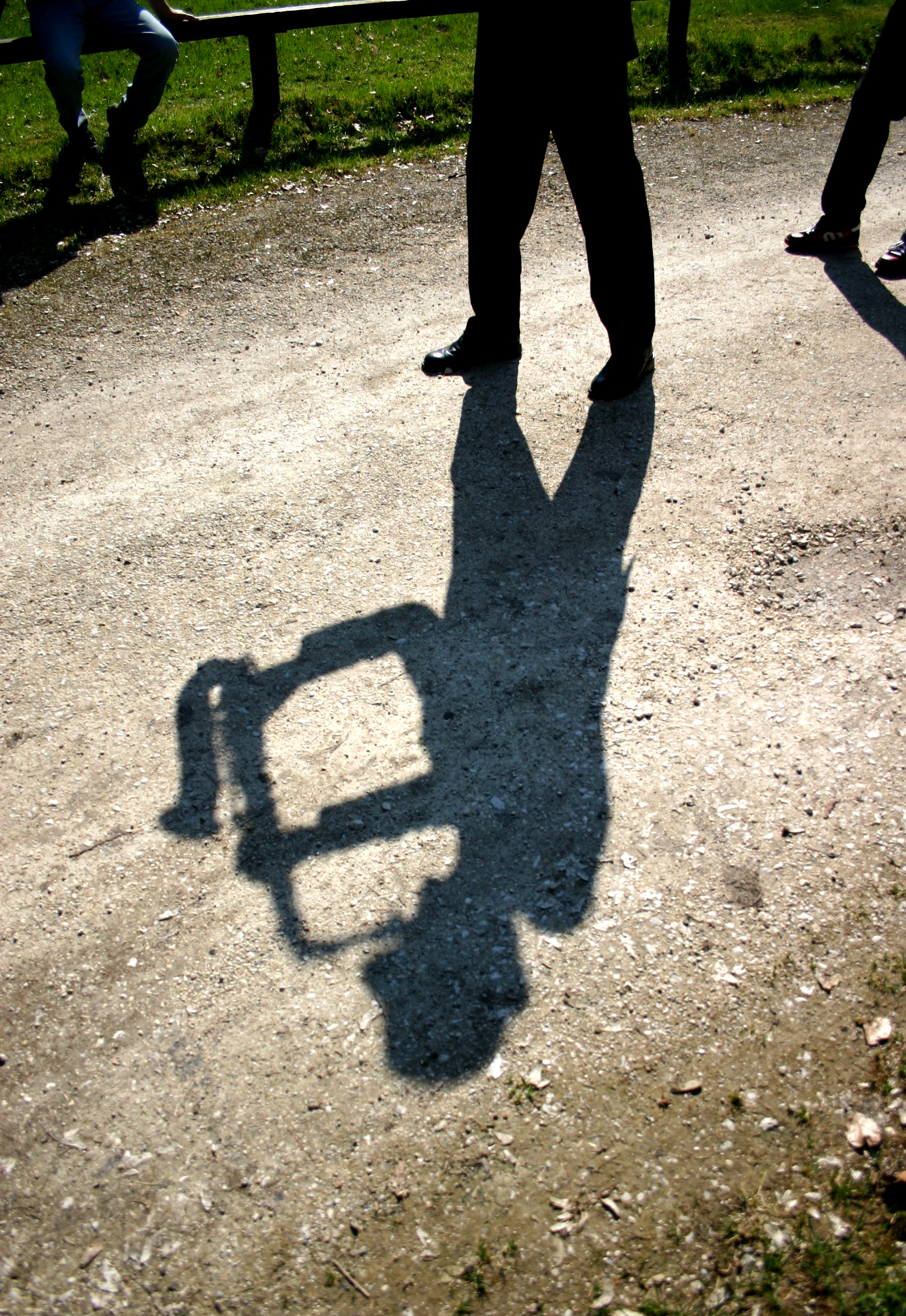Learning from Jazz
by Brittany Bruner
Some people say that I’m stuck in old traditions because I love old things. I love elderly people; vintage clothing; classic movie stars like Jimmy Stewart, Grace Kelly, and Audrey Hepburn; and old jazz music.
I especially love old jazz music. It has the ability to set so many moods, and the rhythms and sounds are just cool. I grew up listening to jazz, and one of my fondest memories as a child is when my dad would drop his voice, add some grovel, and do his best imitation of Louis Armstrong. Nothing gets better than Louis Armstrong.
Last week, BYU had an awesome opportunity for students to hear from some well-respected jazz artists, Loren Schoenberg and Jonathan Batiste. These two incredible artists were visiting from the National Jazz Museum in Harlem to participate in a lecture titled “Jazz and the Art of Civic Life,” put on by the new Humanities Center. One of the goals of the Center is to present interdisciplinary lectures. Thus, the presentation would be an “informance” meaning that there would be jazz playing and lecturing.
Since I am an English major, firm lover of intellectual lectures, and avid fan of jazz music, this event was perfect for me. I made sure to attend, and I was not disappointed. The music was incredible, and the lecture was informative.
These are some of the things that I learned about jazz music and how it can affect civic life.
Teamwork in Communities
In order for a community to function well, every member must work as a team. For example, Schoenberg and Batiste needed some other jazz artists to play with them to complete a full rhythm section and enrich the music. A student from BYU’s jazz band Synthesis played the bass, and a high school student getting ready to apply to Juilliard played the drums. Schoenberg and Batiste invited another student they had met an hour earlier to play the piano with them when they found out he was trained in jazz piano. Schoenberg played the saxophone and Batiste played the melodica, which is like a harmonica with a keyboard. Someone would start playing something, and then all of the members of the band would join in.
It was complete improvisation, like all great jazz, and it sounded beautiful. And when someone made a mistake or there was a shift in mood or key, the others worked with mistake to create a new sound or rhythm. That’s when the magic happened.
Batiste described mistakes in jazz as opportunities because the mistakes led the band to new and exciting territory. The people in the band needed to have done their outside work in order to play with the band, but when they came together they worked as a team and invited the audience into their world of jazz.
Individuality and Leadership in Communities
Good leaders do not seek to be the shining star in every situation. They allow their individuality to shine with the rest of the group. In jazz, if one of the members decides to play louder than the others or at a different tempo, it messes up the whole piece. Rather than shining individually, the person ruins the music.
Good leaders also know when to take the lead and when to back off. Every member in the jazz ensemble knew when to take the lead and the others followed. Some would think this would thwart individuality. However, each part could still be heard, and each part was impressive because it was distinct, but still blended well with the group.
This is a good life application. Shining as an individual does not mean that one has to beat everyone else or be better than everyone else. It means knowing when to shine alone, when to shine with other people, and when to let others shine. In good jazz, nobody demands the spotlight, and that’s why the music is so great. Everyone has the opportunity to be a great musician, and the music is amplified when they come together. When these musicians worked together, they produced a great show.
Jonathan Batiste is scheduled to perform with his band at BYU in October, so keep a look out for him. This is a concert you won’t want to miss.
For more information on the two artists and on the National Jazz Museum in Harlem, check out the following links:
http://jonathanbatiste.com/
http://www.lorenschoenberg.com/
http://www.jazzmuseuminharlem.org/index.php
Now go listen to some jazz!